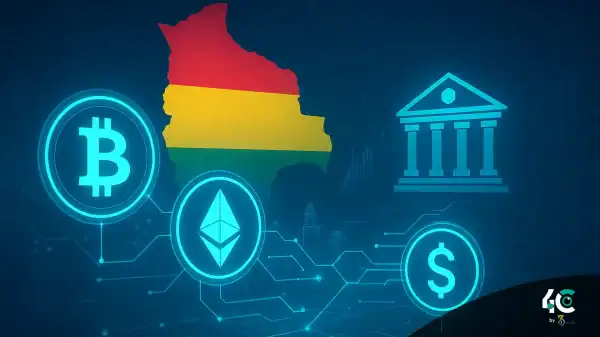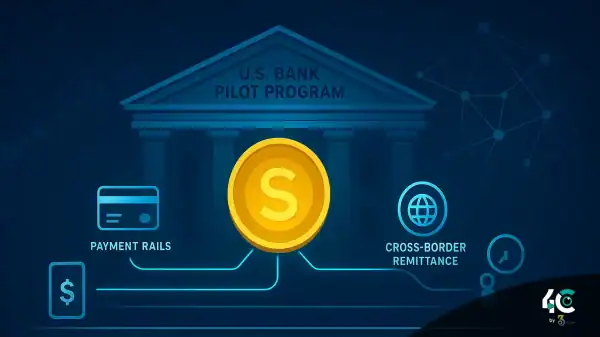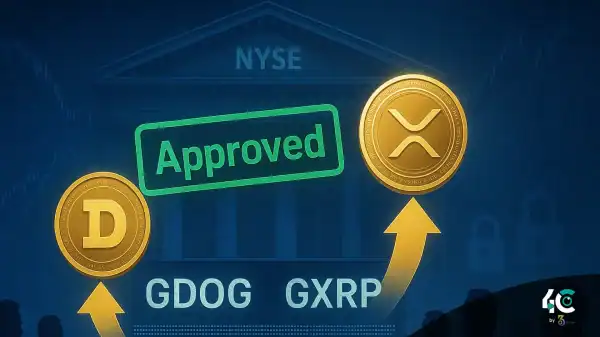Ethereum is about to undergo a major update that will drastically cut the technology needed to run blockchain nodes, enabling common devices like cellphones and even smartwatches to engage in network operations. Known as “The Verge,” the update marks part of Ethereum’s ongoing efforts to increase security and accessibility.
Stateless verification will allow more people to assist protect the Ethereum network by significantly removing the technological barriers for consumers and single stakeholders. This development would allow online wallets, mobile wallets, and even smartwatches to run nodes by default, hence dramatically increasing Ethereum’s reach and decentralizing power.
Verkle trees—a cryptographic structure that maximizes verification by lowering the quantity of blockchain evidence—will also be showcased by The Verge. Concerns regarding the vulnerability of Verkle trees to possible quantum computing hazards, however, have pushed developers to look at alternate choices such STARK-based binary hash trees, which offer greater long-term security and scalability.
Additionally included in The Verge is a recommended change to Ethereum’s gas price strategy detailed in Ethereum Improvement Proposal (EIP)-4762 By segregating gas costs for data, computation, and state access using a multidimensional approach, this new method will improve management of Ethereum’s resources and hence preserve the scalability and security of the network.
Buterin’s idea for The Verge may inspire more people to participate in solo staking, therefore enabling a greater spectrum of people to help Ethereum’s network security by means of more affordable and easily available node operations. With this development, Ethereum’s decentralization and user friendliness undergo a significant turning point.


































